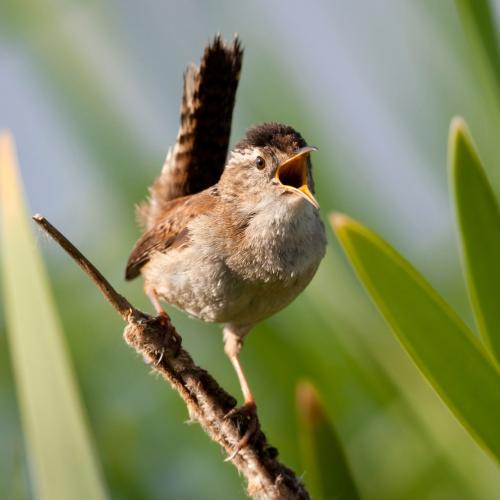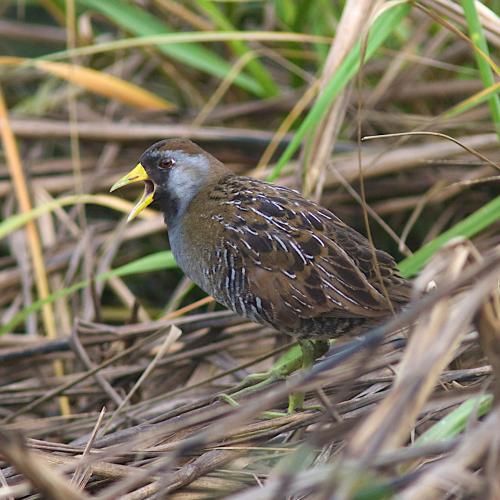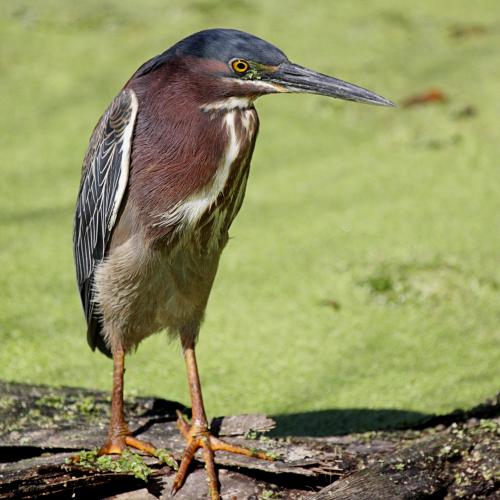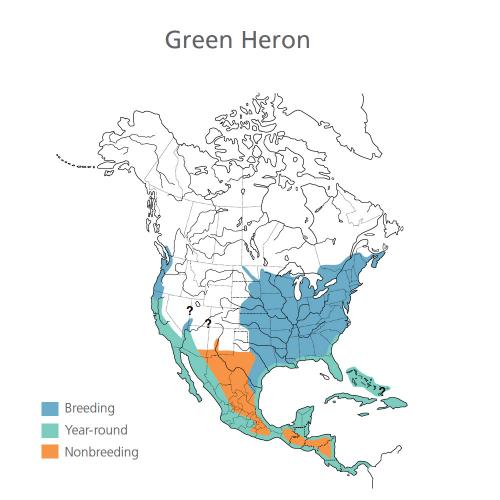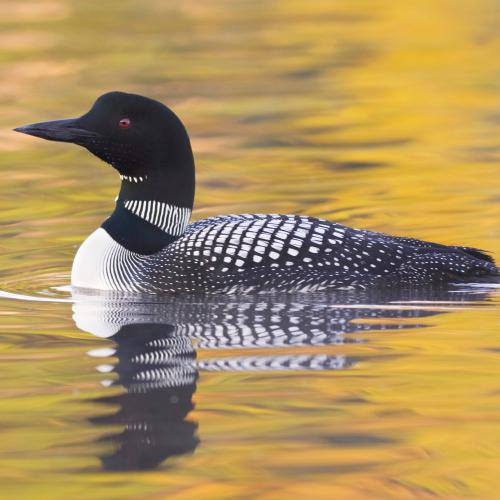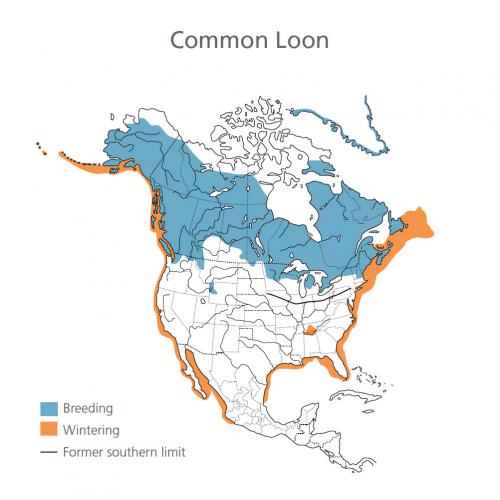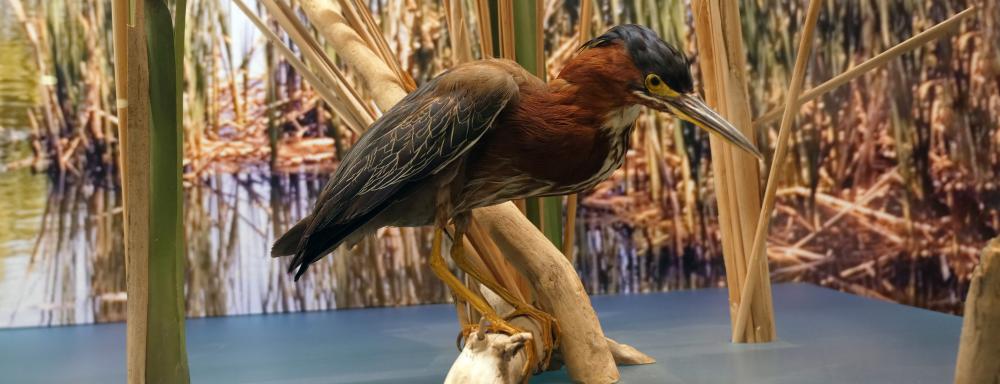
Freshwater Wetlands
New York has over 70,000 miles of rivers and streams and more than 7,600 lakes, ponds, and reservoirs. This open water and New York’s extensive freshwater wetlands (marshes, bogs, swamps, and wet meadows) provide important nesting habitat for breeding birds, and stopover areas for migrating birds. In the past 400 years, over half of the historically known freshwater wetlands have been lost due to draining and filling. Protecting remaining habitats is an important priority for wildlife conservation organizations.

Acoustic Adaptations
Marsh birds are seldom seen, but easily heard! Many bird species that breed in freshwater marshes have streaked, brown plumage that helps conceal them in the dense vegetation. They prefer to stay hidden from sight, but make their presence known to other members of their species with complex and LOUD vocalizations.
Waterbird Migration
Many bird species that live in wetlands need open water to feed. During New York’s long and cold winters, only the largest and fastest-moving water bodies do not freeze. Most fish-eating birds, like herons, loons, and kingfishers, must migrate south to areas with open water. Some individuals survive the winter months in the remaining open water on the Great Lakes, the Finger Lakes, or along the Atlantic Coast.

IBAs and BCAs
New York has quite a few large wetlands designated as Bird Conservation Areas (BCAs) and Audubon New York Important Bird Areas (IBAs). This map highlights some of the largest examples.
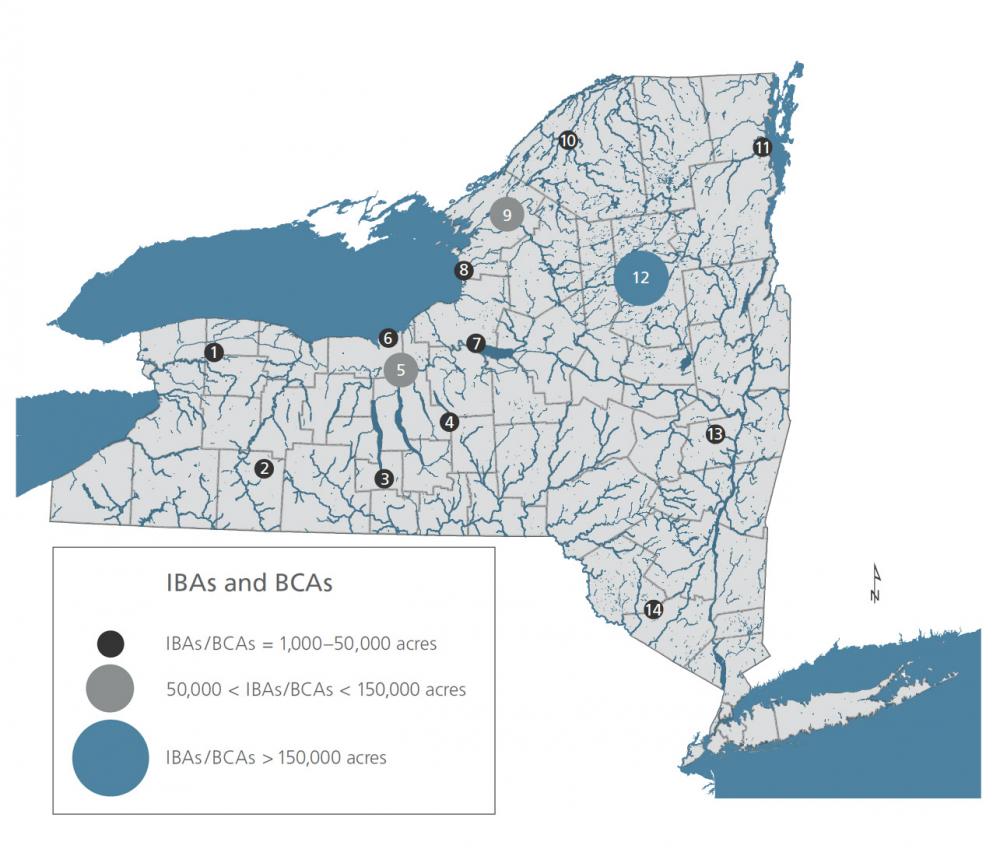
1. Iroquois National Wildlife Refuge, Oak Orchard and Tonawanda Wildlife Management Areas, 2. Keeney Swamp, 3. Queen Catharine Marsh, 4. Bear Swamp, 5. Montezuma Wetlands Complex, 6. Lake Shore Marshes, 7. Three Mile Bay, 8. Eastern Lake Ontario Marshes, 9. Perch River Complex, 10. Upper and Lower Lakes, 11. Lake Champlain Marshes, 12. Moose River Plains, 13. Black Creek Marsh, 14. Bashakill Wildlife Management Area



